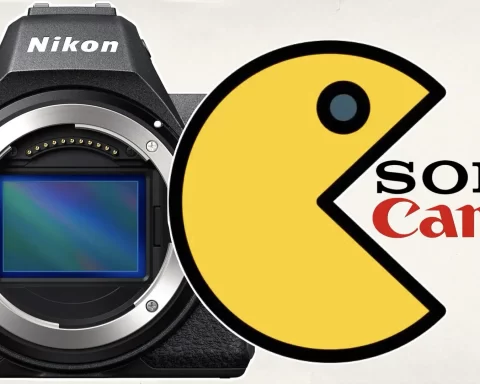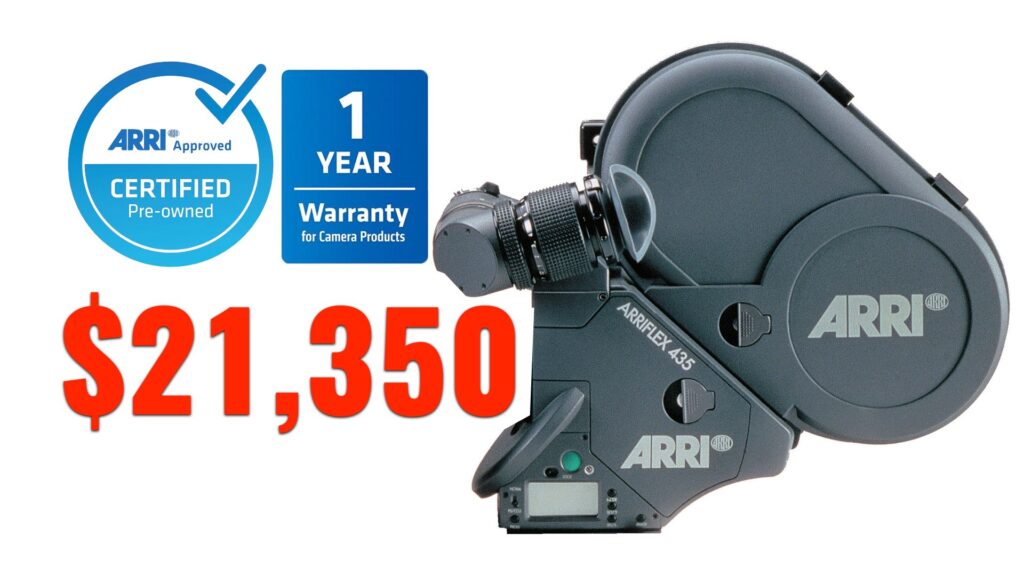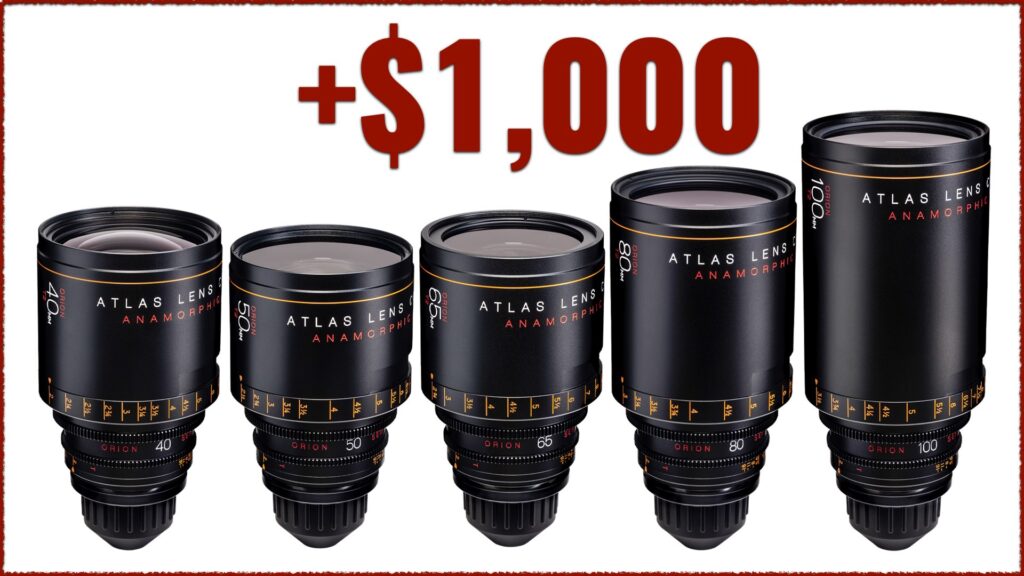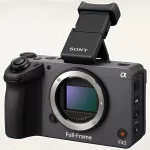Sony Cine published an educational video showcasing the VENICE to Rialto transformation made in Top Gun: Maverick. The demonstration is shown by TGM’s 1st AC Dan Ming. Dan tips us on some Rialto tricks on how to utilize the system for cars and jets (the ‘Top Gun Mode’). Check it out below.
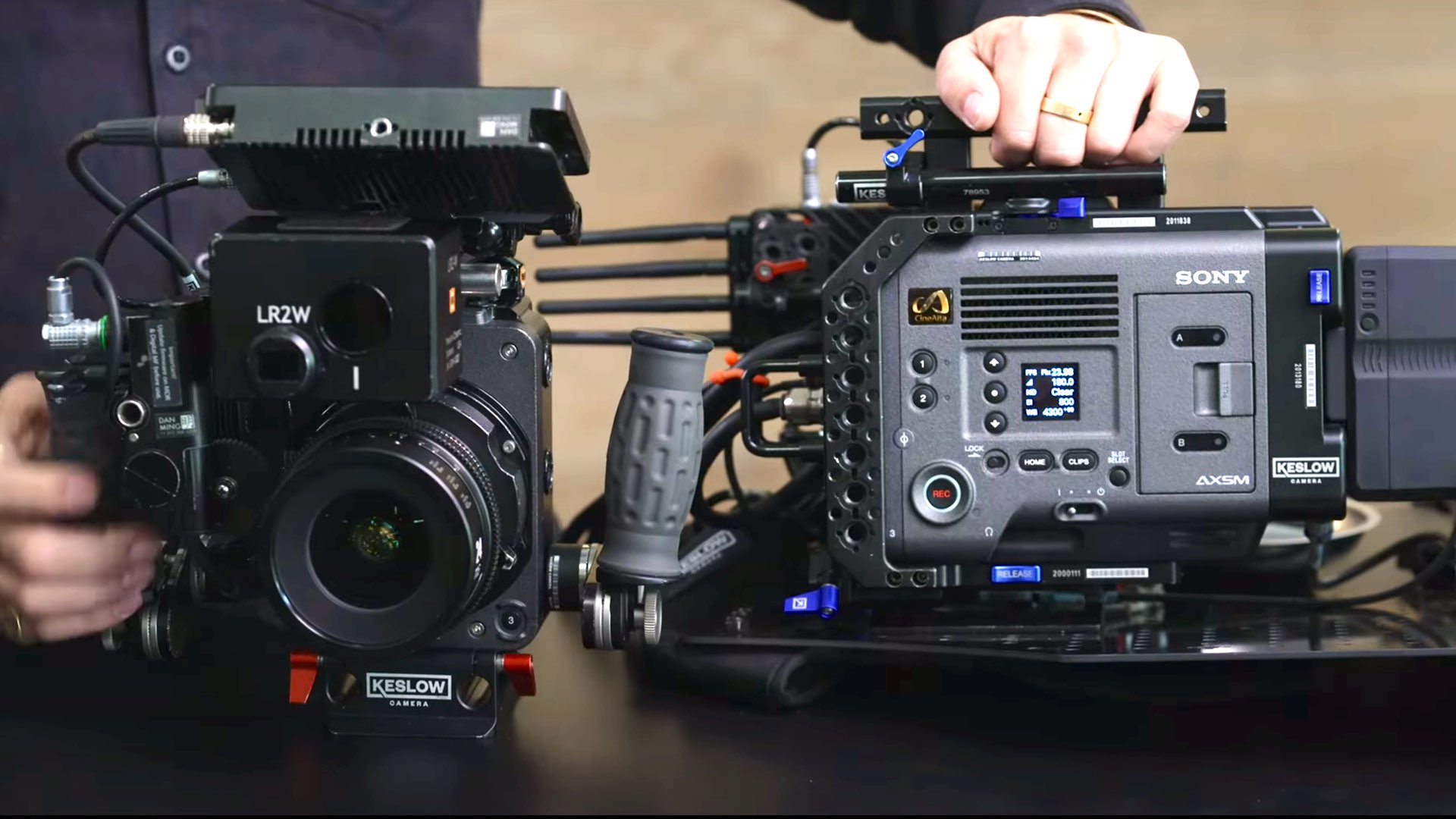
TGM: The perfect reference for Rialto utilization
It’s not a secret that one of the most bonanzas in Top Gun: Maverick is the cockpit shots. Although the film has a decent amount of VFX shots, these ‘true’ cockpit shots injected a huge amount of realism which Tom Cruise is so proud about. That helped the movie to take IMAX to new heights as the six VENICE cameras implemented inside the fighter jet cockpit are IMAX Approved/Certified. Furthermore, Tom Cruise taught the actors how to operate those cameras while flying and acting during aerial combat maneuvers that sucked them inside the cockpits.BTW, you can read our TGM review here.
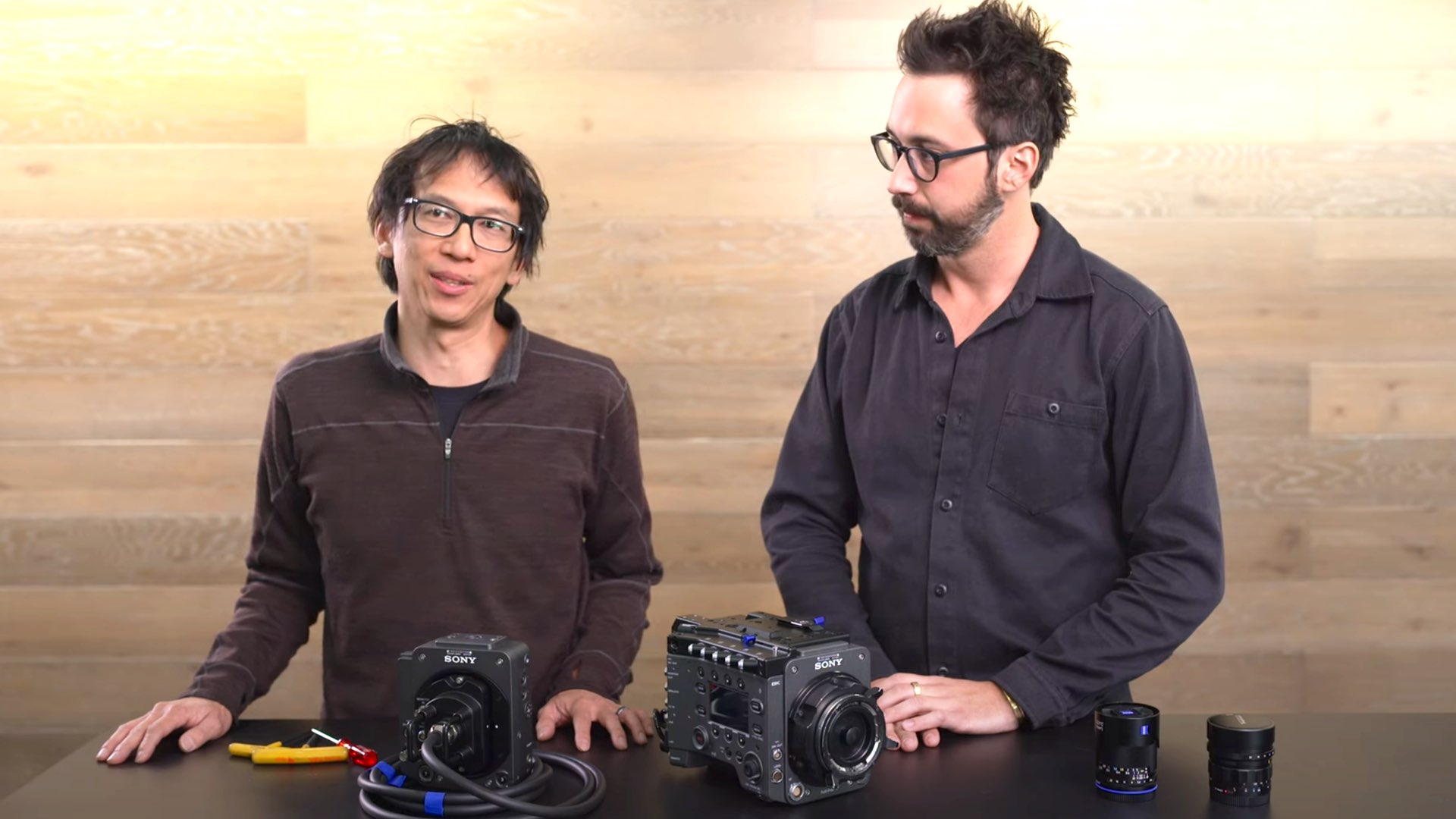
From VENICE to Rialto: The ‘Top Gun Mode’
Indeed, you can understand why Sony wants to leverage this operation as a case study. Hence, Sony published an educational video showcasing the apparatus utilized inside the cockpit. In the video titled “Sony VENICE 2 to Rialto 2: The’ Top Gun Mode’ Perfect for Cars and Jets”. TGM’s 1st AC Dan Ming (Star Trek, The Avengers: End Game) walks us through his tips and tricks of working the Sony VENICE 2 and Rialto 2. Ming explains how he rigged the Rialto to fit 6 cameras in the cockpit of an F-18 in Top Gun: Maverick and walks users through a step-by-step guide on how to convert the VENICE 2 to Rialto 2. In addition, Ming and camera assistant Max DeLeo also offer more tips for using Rialto 2 in “Backpack Mode” for handheld shots and tight spaces. The team also shows off how they can switch a camera from studio mode to backpack mode in just 6 minutes.
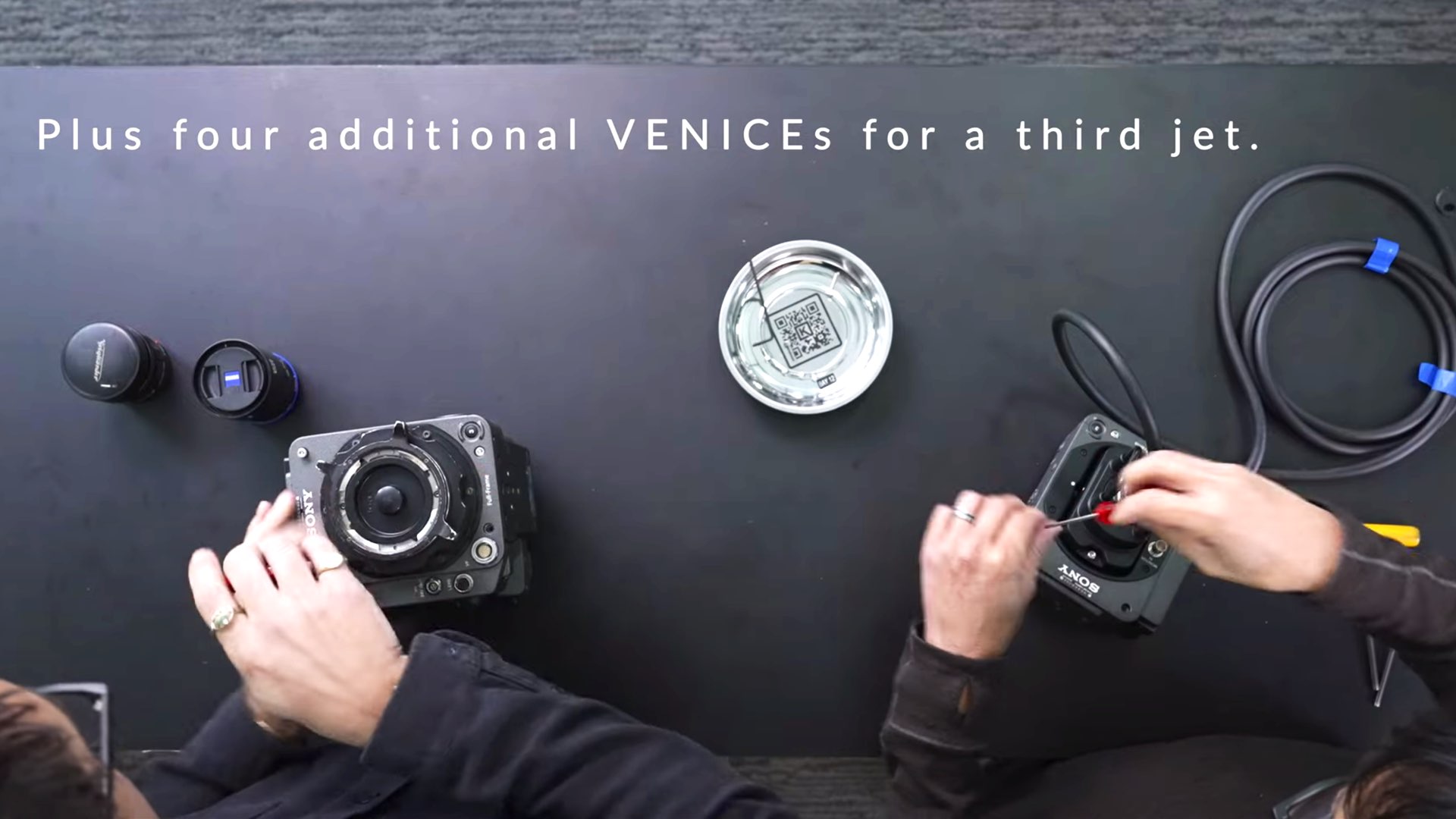
The challenge: Fitting 6 cinema cameras inside a cockpit
As Ming explains: “So the first time we used Rialto was at the very beginning of Top Gun. We needed a way to get six cameras into the cockpit of the F-18s and we had tried all sorts of ways to cram the cameras into the Jets in very creative ways, and then Sony said like well if we do these extensions will it work and that was what we needed to be able to get the cameras in the way we got them in. So what we did was we had VENICE Ones we had to shoot XAVC Class 480 only because on the VENICE ones the axis deck was an additional deck which made the cameras too long. So we had VENICE Ones and then we had three of these on the bottom and then we had one Rialto on top facing the back seat here and then in the front on the canopy, as it came down we had two cameras rigged facing forward to look over the shoulder of the pilot”.
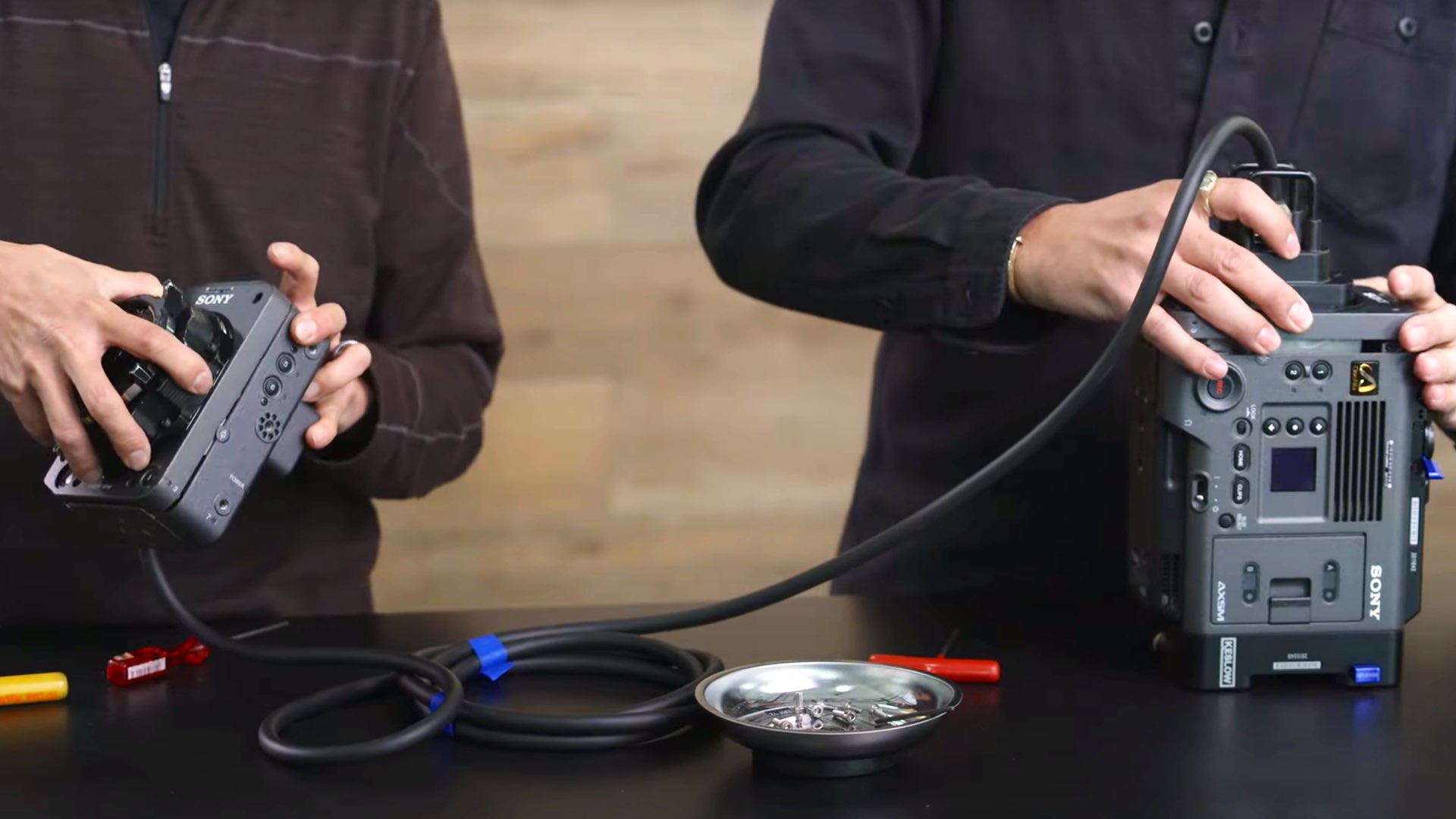
2 Jets with cockpit shots, and 1 for externals
Ming continues: “In Top Gun, we had two Jets with six Sony VENICEs for each jet, plus we had four additional Sony VENICEs for the external jet rigs. It took us about two to three days depending on each time we did it and we had to do it four times five times on that movie. It took us about two days – two and a half days to get a jet completely rigged, but it took months of preparation leading up to that to test the cameras. Also, the Navy had to approve absolutely every rig and every mount that we had. So it was a long process. Moreover, in TPM we were fighting for every centimeter so we decided to use the e-mounts on the camera, so the two lenses we used were Voigtlander. We did use that for mostly our wide lenses and then we used the Zeiss Loxia for our tighter lens”.
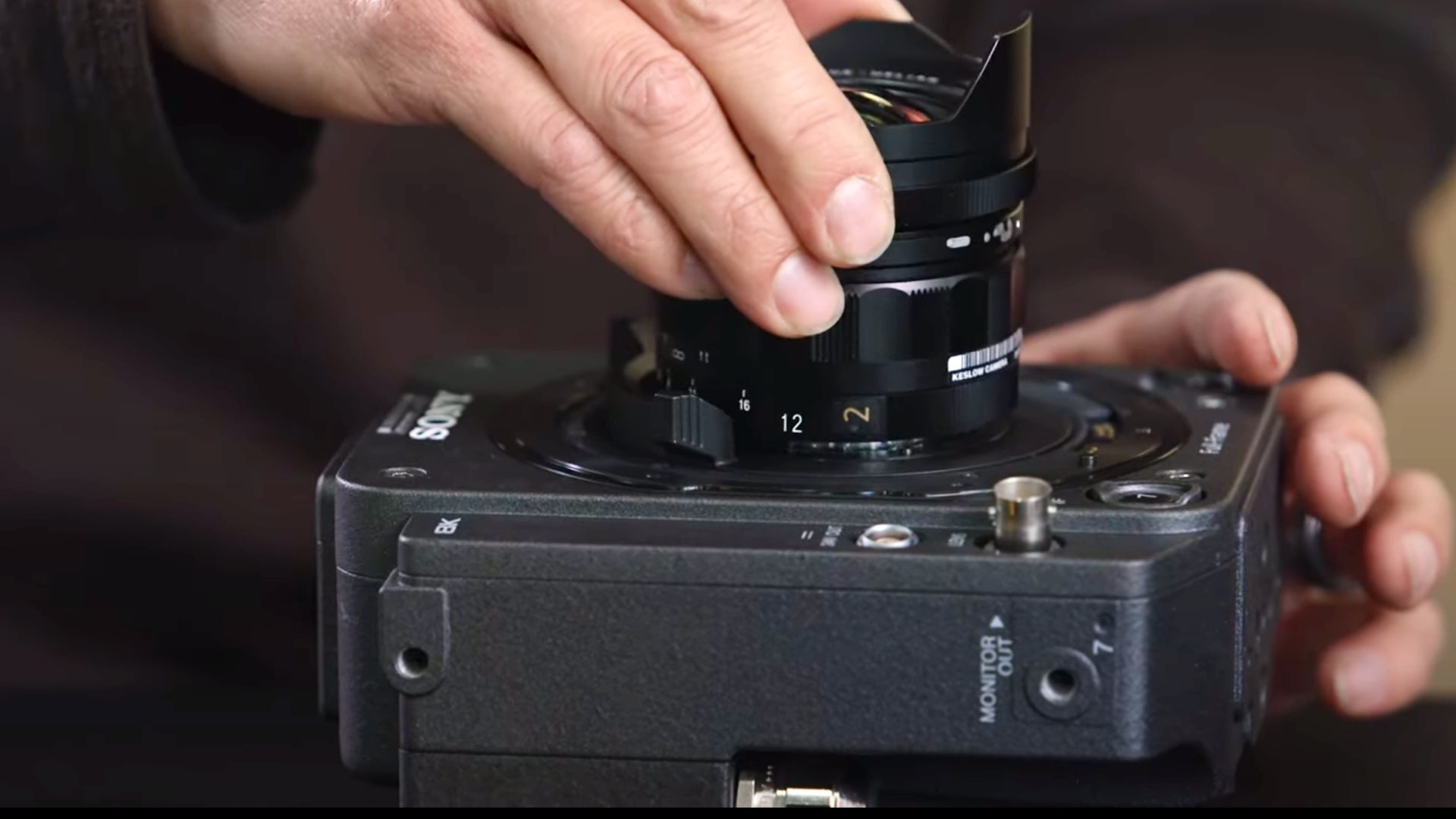
For more tips & tricks about the ‘Top Gun Mode’ —check out the interview below:






